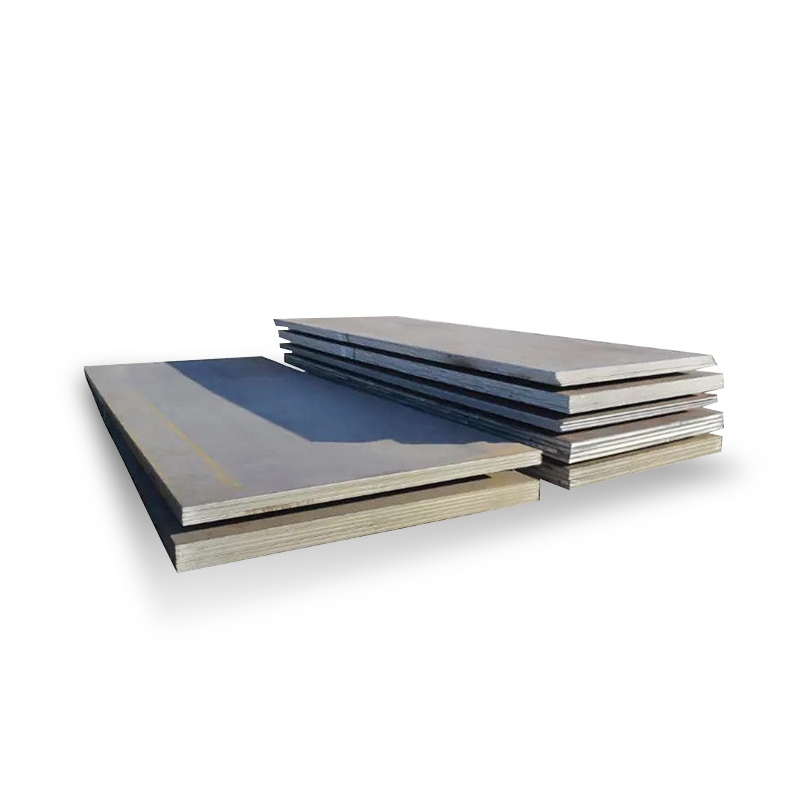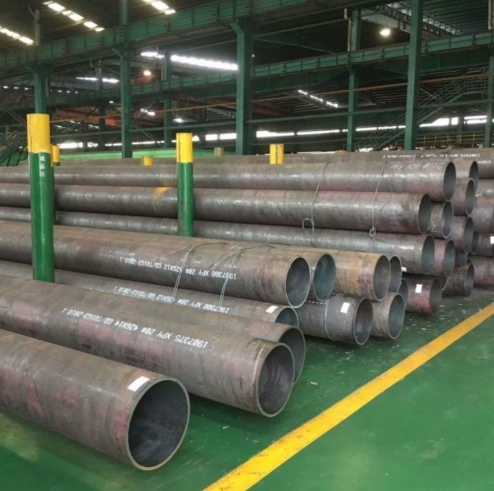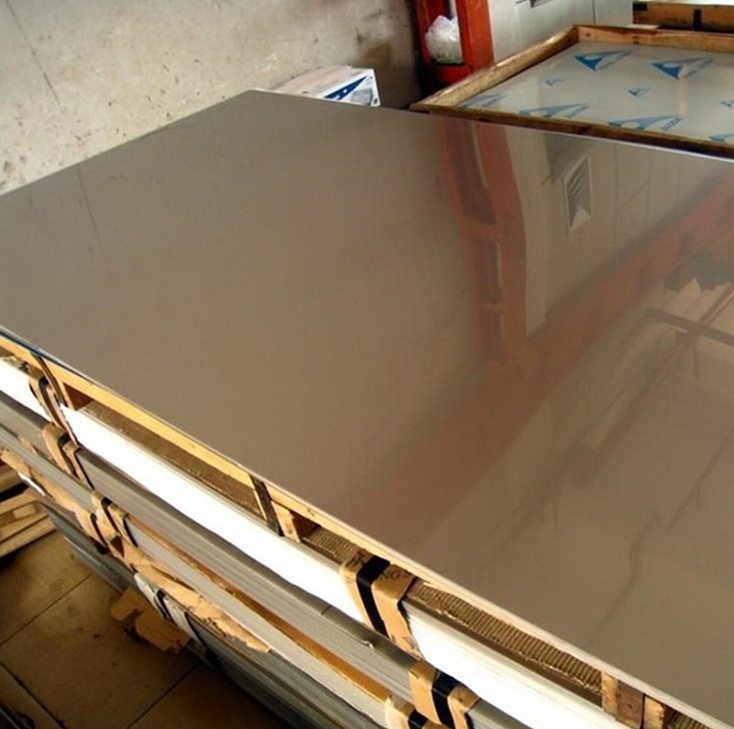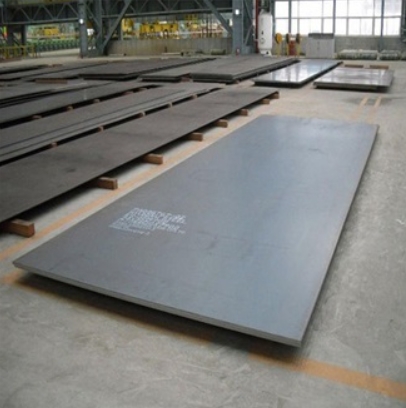Today, a client inquired about “1/2 carbon steel plate weight”. This prompted me to recognize that carbon steel plate weight is a critical parameter, influenced by multiple factors such as dimensions, density, and tolerance specifications. A 1/2 inch thick carbon steel plate weighs approximately 20.42 pounds per square foot.
1. Introduction to Carbon Steel Plates
Carbon steel plates are widely used in various sectors due to their strength, durability, and cost-effectiveness. These plates are manufactured in different thicknesses, with 1/2-inch being one of the most common sizes in industrial applications. The weight of a carbon steel plate is an important factor in transportation, structural design, and overall material handling.
2. Factors Affecting the Weight of Carbon Steel Plates
Several factors influence the weight of carbon steel plates, such as:
-
Thickness: The thicker the plate, the heavier it will be.
-
Dimensions: The length and width of the plate also contribute to its overall weight.
-
Density: The density of carbon steel is typically around 7.85 g/cm³, and this plays a crucial role in calculating the plate’s weight.
3. How to Calculate the Weight of a 1/2-inch Carbon Steel Plate
The formula to calculate the weight of a steel plate is:
Weight=Length×Width×Thickness×Density
Example Calculation:
For a 1/2-inch thick carbon steel plate, with a density of 7.85 g/cm³:
-
Length: 100 cm
-
Width: 50 cm
-
Thickness: 1.27 cm (1/2 inch = 1.27 cm)
Weight=100×50×1.27×7.85=4976.75 grams or 4.98 kg
4. Standard Weights for 1/2-inch Carbon Steel Plates
Based on standard dimensions, the typical weight of a 1/2-inch thick carbon steel plate varies according to size. Here is a table showcasing some standard measurements and their corresponding weights:
| Plate Dimensions (inches) | Weight (kg) | Weight (lbs) |
|---|---|---|
| 4′ x 8′ (1.22 x 2.44 m) | 51.04 | 112.5 |
| 5′ x 10′ (1.52 x 3.05 m) | 80.04 | 176.5 |
| 6′ x 12′ (1.83 x 3.66 m) | 104.09 | 229.5 |

5. Case Study: Carbon Steel Plate Weight in Construction Projects
In construction, accurate weight calculation is essential for planning material logistics. For instance, a project involving the construction of a bridge required several large carbon steel plates. Each 1/2-inch plate was 4′ x 8′ in size, and the total weight for the steel plates needed to be transported was crucial for crane operation and transport logistics. Based on our earlier weight calculations, a total of 50 plates would weigh approximately 2,520 kg (5,556 lbs). This required specific planning for crane load capacities and transport routes.
6. Applications of 1/2-inch Carbon Steel Plates
1/2-inch carbon steel plates are used in various industries:
-
Construction: For structural beams, columns, and panels.
-
Manufacturing: In heavy machinery and equipment.
-
Automotive: For parts that require high strength.
-
Shipbuilding: For hulls and other structures.
7. Industry Standards and Regulations
Carbon steel plates, including those that are 1/2-inch thick, must meet specific industry standards such as:
-
ASTM A36: Standard specification for carbon steel plates used in structural applications.
-
ASTM A572: Standard for high-strength low-alloy structural steel.
-
ISO 9001: Quality management standards for manufacturing and production processes.
These standards ensure the material’s consistency, strength, and reliability across various applications.
8. Frequently Asked Questions (FAQs)
-
What is the standard density of carbon steel?
-
The density of carbon steel is typically around 7.85 g/cm³.
-
-
How do I calculate the weight of a 1/2-inch carbon steel plate?
-
You can use the formula: Weight = Length × Width × Thickness × Density.
-
-
What industries use 1/2-inch carbon steel plates?
-
They are used in construction, manufacturing, automotive, and shipbuilding industries.
-
-
How much does a 4′ x 8′ 1/2-inch plate weigh?
-
A 4′ x 8′ carbon steel plate weighs approximately 51.04 kg (112.5 lbs).
-
-
What is the difference between carbon steel and stainless steel plates?
-
Carbon steel is stronger and more affordable, but less resistant to corrosion compared to stainless steel.
-








